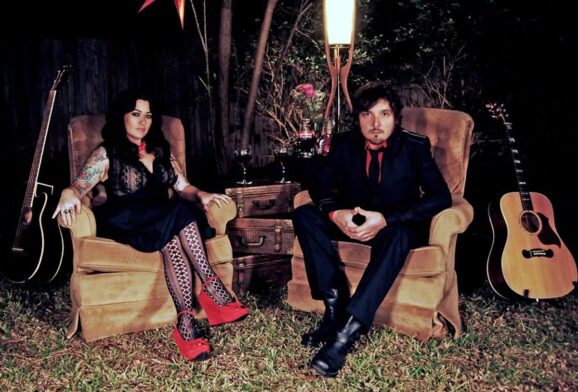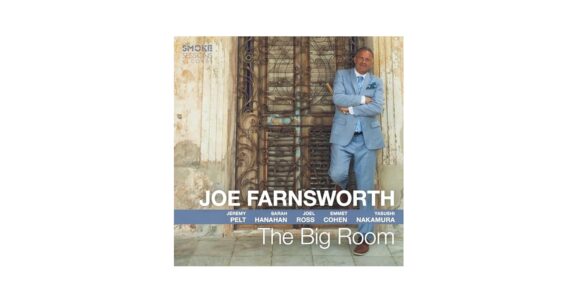Progressive metal powerhouse Dream Theater is back with a new album of epic, expertly crafted melodic metal. With Parasomnia, the Boston rockers that helped pioneer the prog-metal scene reunite its best lineup for the first time since 2009. Founding drummer Mike Portnoy returns alongside founding guitarist John Petrucci, founding bassist John Myung, and James LaBrie, who’s provided the vocals since the second album in 1992. The result is a sixteenth album that sounds as fresh as ever and has enough musical intrigue for metalheads, casual fans, and fellow musicians.
As the title suggests, sleep disturbances are a recurring theme throughout Parasomnia. “Night Terror” tells the story of someone haunted by lucid dreams (“Mind awake, body at rest”) and features nightmarish imagery. “Flesh is crawling; need to claw my way out of this hell,” LaBrie sings, his clean vocals belying the disturbing circumstances. Like most Dream Theater songs, it features more than a half-dozen infectious Petrucci guitar riffs and a blazing solo that guitarists worldwide will try to figure out.
In contrast, “Midnight Messiah” shows a narrator who longs to escape the terror of reality by retreating to the dream world. The chugging verses kick into rapid-fire thrash metal choruses punctuated by Portnoy’s punishing drums. “The dream never ends,” LaBrie sings, as both a reassurance and a threat. “Help me find my destiny; take me back into the dream.”
LaBrie’s tone and range aren’t as strong as on the early albums, but the rest of the band is still firing on all cylinders. While the macabre storytelling is part of Dream Theater’s appeal, the band is best known for its virtuoso musicianship. Parasomnia excels in that area, from Portnoy’s dynamic tempo shifts to Myung’s thick grooves to Petrucci’s fretboard wizardry. “A Broken Man” packs a punch from the opening notes of Petrucci’s staccato riffing met with Portnoy’s punishing attack. LaBrie sings of wartime imagery haunting a man with PTSD. “What of the dreams? A haunted curse?” he asks. Menacing guitar riffs, an otherworldly keyboard solo from Jordan Rudess, and extended jams flesh out the traumatic story.
The album ends with “The Shadow Man Incident,” an epic nineteen-minute musical tour-de-force that sounds like the score to an action-packed film set on another planet. Of all of Parasomnia’s nightmarish imagery, this has the eeriest moments. A child lives in terror of a figure in the bedroom. “She sees no face; an expressionless black hole,” LaBrie sings in the refrain. The specter is later called “a faceless man who goes by many names.”
After a creepy music box intro, the song careens between raucous metal riffing, brooding New Wave synths, and soulful crooning. It contrasts moments of raw power with moments of beauty, all loosely contained within a composition of controlled chaos. The song is a fitting end to Parasomnia because it showcases Dream Theater’s status as a collection of musical masters who, forty years later, remain at the top of their games.










